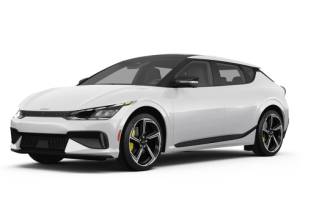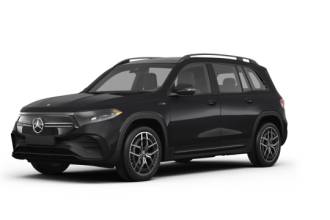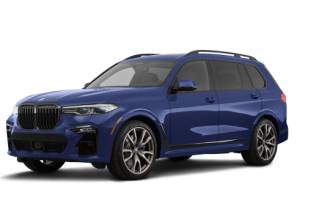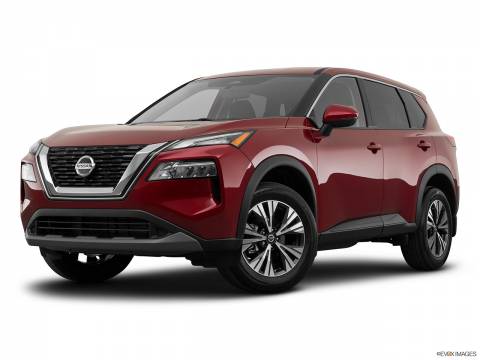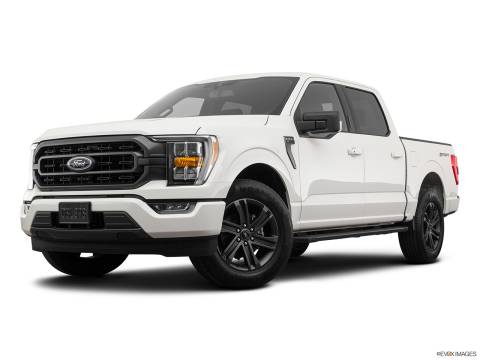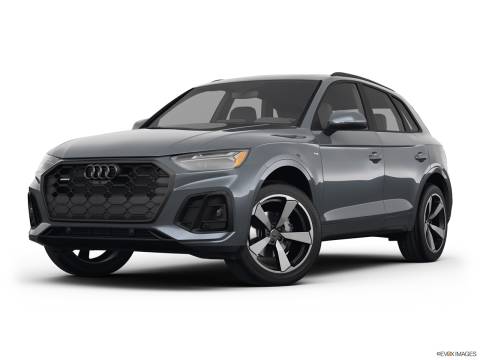Have you ever considered how different vehicles behave on the road in different situations? Well, the following tables will help you see things from a different angle. Remember, it is not only us on the road. It is also everyone around us, and also the situations we create. Always keep this in mind, as every single situation we may face out there on the road, is affected by the laws of physics that result in the following tables.
Average stopping distance required for each vehicle type to come to a full stop:
Dry Surface:
| Vehicle | 40 km/h | 60 km/h | 80 km/h | 100 km/h | 120 km/h | 140 km/h |
|---|---|---|---|---|---|---|
| Sedan | 12 m | 30 m | 55 m | 90 m | 130 m | 180 m |
| SUV | 13 m | 32 m | 60 m | 100 m | 145 m | 195 m |
| Pickup truck | 14 m | 36 m | 65 m | 110 m | 160 m | 215 m |
| Autobus | 15 m | 38 m | 70 m | 115 m | 170 m | 230 m |
| Cargo truck | 16 m | 41 m | 75 m | 125 m | 180 m | 245 m |
| Freight Truck (containers) | 30 m | 76 m | 140 m | 230 m | 335 m | 455 m |
Wet Surface:
| Vehicle | 40 km/h | 60 km/h | 80 km/h | 100 km/h | 120 km/h | 140 km/h |
|---|---|---|---|---|---|---|
| Sedan | 18 m | 51 m | 93 m | 154 m | 234 m | 334 m |
| SUV | 20 m | 56 m | 103 m | 171 m | 260 m | 371 m |
| Pickup truck | 22 m | 63 m | 115 m | 191 m | 292 m | 416 m |
| Autobus | 23 m | 66 m | 121 m | 201 m | 308 m | 440 m |
| Cargo truck | 25 m | 71 m | 130 m | 216 m | 331 m | 471 m |
| Freight Truck (containers) | 47 m | 133 m | 241 m | 395 m | 605 m | 866 m |
As you can see, the stopping distance for each vehicle is significantly increased when the surface is wet. It's important to drive more cautiously and reduce your speed in these conditions to ensure your safety and the safety of others on the road.
Now, let's look at it from a different perspective: time. The following tables are exactly as the previous two, but now measuring the time it will take to make a full stop.
Dry Surface:
| Vehicle | 40 km/h | 60 km/h | 80 km/h | 100 km/h | 120 km/h | 140 km/h |
|---|---|---|---|---|---|---|
| Sedan | 1.5 s | 2.3 s | 3.3 s | 4.8 s | 6.5 s | 8.8 s |
| SUV | 1.6 s | 2.4 s | 3.7 s | 6.0 s | 8.0 s | 10.8 s |
| Pickup truck | 1.7 s | 2.6 s | 3.9 s | 6.0 s | 8.9 s | 12.3 s |
| Autobus | 1.8 s | 2.8 s | 4.0 s | 7.0 s | 10.2 s | 14.1 s |
| Cargo truck | 1.9 s | 2.9 s | 4.3 s | 7.5 s | 10.9 s | 15.7 s |
| Freight Truck (containers) | 3.6 s | 5.3 s | 9.2 s | 15.3 s | 23.6 s | 34.1 s |
Wet Surface:
| Vehicle | 40 km/h | 60 km/h | 80 km/h | 100 km/h | 120 km/h | 140 km/h |
|---|---|---|---|---|---|---|
| Sedan | 2.3 s | 3.9 s | 5.5 s | 8.0 s | 12.0 s | 17.1 s |
| SUV | 2.5 s | 4.1 s | 6.0 s | 9.7 s | 14.3 s | 20.3 s |
| Pickup truck | 2.7 s | 4.5 s | 6.5 s | 10.8 s | 16.5 s | 23.6 s |
| Autobus | 2.9 s | 4.9 s | 7.1 s | 12.0 s | 18.5 s | 26.4 s |
| Cargo truck | 3.1 s | 5.1 s | 7.4 s | 13.0 s | 19.9 s | 28.4 s |
| Freight Truck (containers) | 5.7 s | 10.1 s | 18.3 s | 30.0 s | 46.2 s | 67.2 s |
What a different POV, right? As you can see, a freight truck speeding at about 140 km/h on top of wet surface roads can be breaking for more than one minute to stop!
Drive safe out there!!!





